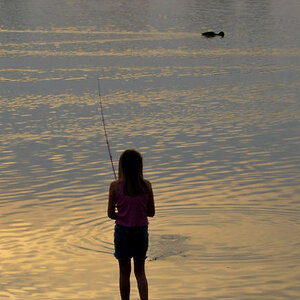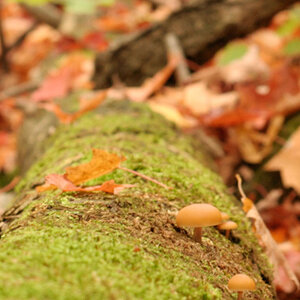PhilGarber
TPF Noob!
- Joined
- May 6, 2008
- Messages
- 813
- Reaction score
- 0
- Location
- New Jersey (We don't bite)
- Website
- philipofnj.redbubble.com
- Can others edit my Photos
- Photos NOT OK to edit
Hi-
Does anyone know what macro lens could possibly take a photo as close and as sharp as the photo here? http://jcksn.com/2008/10/01/amazing-insect-macros/ .
I want a nice macro lens.. Just wanna know how old I'll be when I can afford it .
.
Does anyone know what macro lens could possibly take a photo as close and as sharp as the photo here? http://jcksn.com/2008/10/01/amazing-insect-macros/ .
I want a nice macro lens.. Just wanna know how old I'll be when I can afford it
 .
.


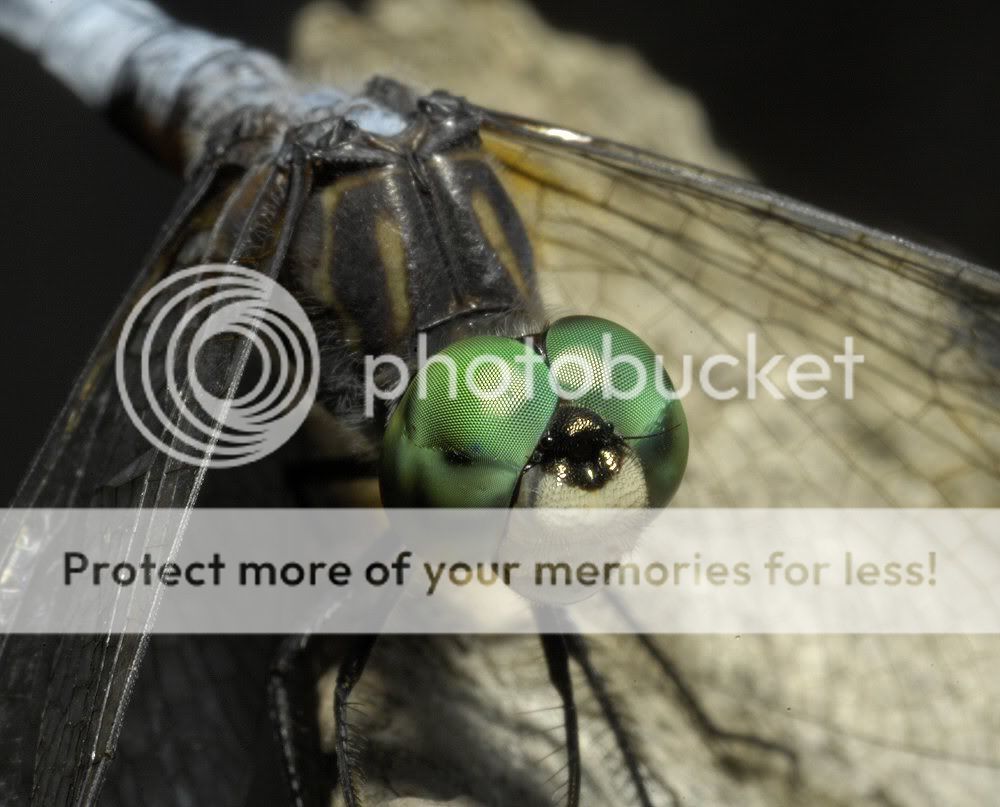
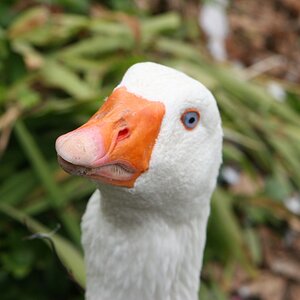


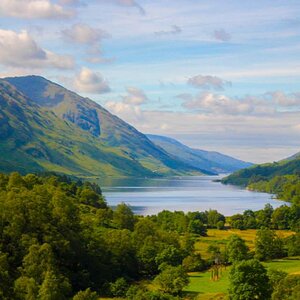
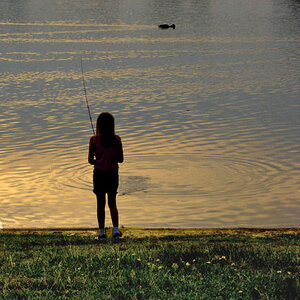
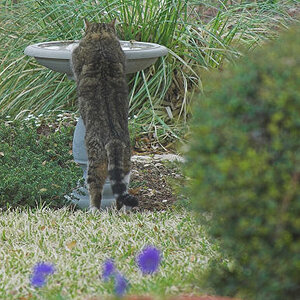
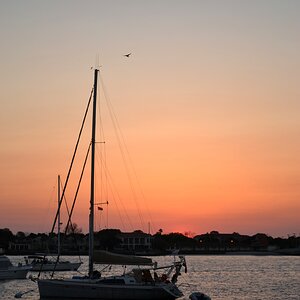
![[No title]](/data/xfmg/thumbnail/36/36133-8b29212f67c25fcf353a0c2f376b1501.jpg?1619737385)


